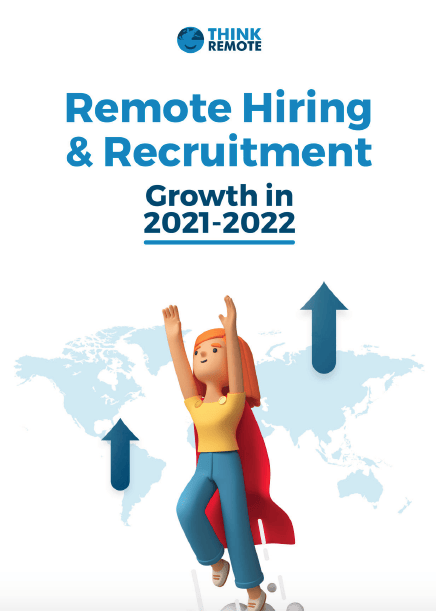Our report about remote hiring trends and statistics is out on our website!
The corporate world is constantly shifting towards distributed workplaces and hybrid models. After the pandemic, professional and individual habits changed, opening new opportunities for employers and employees alike.
In between innovations and challenges, how can we read these new hiring trends to exploit the benefits of remote models?
Remote Hiring Trends & Statistics in 2021 & 2022
As a result of the pandemic, recruitment strategies adapted to new virtual systems to welcome remote solutions. So, one of the first benefits of this shift is the opportunity of hiring worldwide, looking for talent in different geographical areas. On the other hand, employees are more productive and manage to keep a healthier work-life balance.
To sum up, here are the core takeaways of the 2021-2022 report:
Distributed Workforce Trends
- The number of US employees working from home increased from 17% to 44% after the COVID outbreak. (Statista, 2020)
- In February 2021, remote roles reached 78.000, a 233% increase from 2020 to 2021 (New Street Consulting Group, 2021).
Remote Hiring And Recruitment Trends
- 47% of hiring managers plan to shift to remote work arrangements post-pandemic permanently. Likewise, 17% will opt for hybrid models (Censuswide, 2021).
- 30% of executives plan to reduce their office space and headquarters (McKinsey, 2021).
- In 2020, 84% of recruiters switched traditional recruitment methods to fully remote ones (Jobvite, 2020).
Remote Investment Statistics
- The HR software platform StaffCircle raised over £1.275.000 to support companies in managing remote workers.
- Remote work startup Friday got $2.1 million in seed funding. As a result, the startup can improve tools to support distributed workplaces’ schedules.
If you want to learn how to navigate this evolving workforce, download the full free report here!






